
Additionally, the authors observe that childhood-onset epilepsy is associated with an earlier age at the onset of amyloidosis.

Additionally, the authors observe that childhood-onset epilepsy is associated with an earlier age at the onset of amyloidosis.

The court also addressed the employer’s basis for ordering a drug test.

Pharmacists can improve hyperkalemia management through collaboration and innovation.
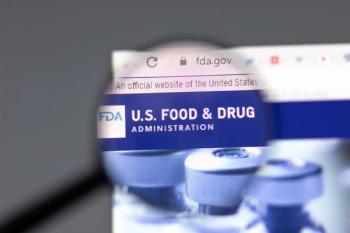
The supplemental new drug application is based on objective response rate and duration of response results from a phase 2 study that assessed the efficacy and safety of belzutifan.
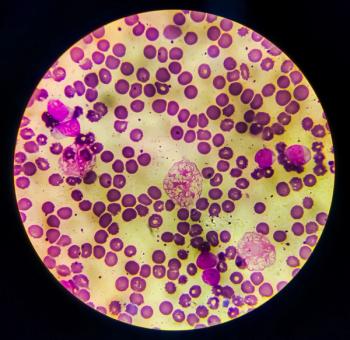
Leukemia biology may predict patterns of blinatumomab failure after initial response.

This marks the first US biologic license application filing acceptance for a biosimilar candidate to golimumab.
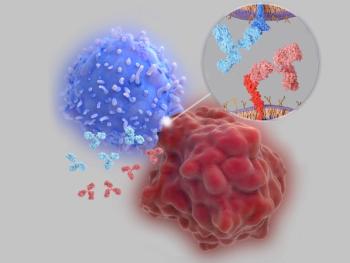
As lung cancer cases rise, there is a significant need for therapeutic options that meet the challenges and needs of individual patients.

Data indicates fedratinib’s role as an effective second-line treatment in patients with myelofibrosis who have been previously treated with a JAK inhibitor, such as ruxolitinib, though more research is necessary.

This follows the approval of everolimus tablets for patients aged 1 and older in January 2025.

MB-105 is a first-in-class CD5-targeted chimeric antigen receptor (CAR) T-cell therapy for the treatment of relapsed or refractory CD5-positive T-cell lymphoma.

Through similar targeting of the RdRp enzyme, these treatments could offer groundbreaking new options for patients with COVID-19 if proven effective in real-world trials.

Isatuximab is a CD38-targeting monoclonal antibody that has demonstrated significant clinical success in improving minimal residual disease rates and progression-free survival.
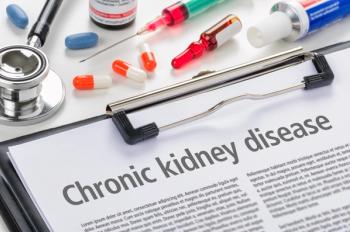
The authors note that transferrin saturation levels may be a modifiable risk factor of chronic kidney disease (CKD) progression and all-cause mortality.

Gender-affirming care and inclusive practices are essential for health equity.

In 2025, medically integrated dispensing pharmacies face significant challenges, including low reimbursements, restrictive pharmacy benefit manager practices, complex therapies, regulatory barriers such as the Stark delivery law, and the Inflation Reduction Act's financial implications, necessitating urgent advocacy, reform, and collaboration to sustain equitable, patient-centered cancer care.

Pharmacists can have informed discussions with patients about the importance of adherence to tuberculosis (TB) treatment regimens, especially for patients with active TB.
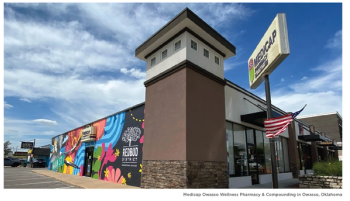
Kathy Campbell, PharmD, shares her experiences helping 4 generations of patients.

The authors note that this may cause disruptions in the metabolic stability of lipid processing and storage, impacting the liver and accelerating damaging adaptative responses.

Preliminary phase 1 trial results demonstrate that patients with small cell lung cancer generated early clinical activity after being administered ZL-1310.

The new indication for semaglutide adds to the long list of conditions that the GLP-1 receptor agonist has been approved for, and provides a new option for high-risk patients with these chronic conditions.
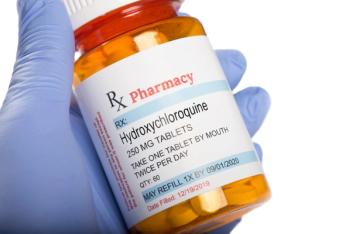
Endocrine therapy in combination with CDK4/6 inhibitors improves patients’ outcomes, but many still become treatment resistant.

Pharmacist-led interventions significantly improve antibiotic prescribing practices, optimize therapy, and improve patient outcomes.

High-density lipoprotein cholesterol, total cholesterol, and apolipoprotein B did not have significant correlations with chronic obstructive pulmonary disease.
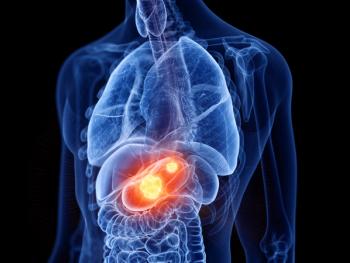
The trial meets one of the study’s dual primary endpoints of progression-free survival, but did not meet its other primary endpoint of overall survival.
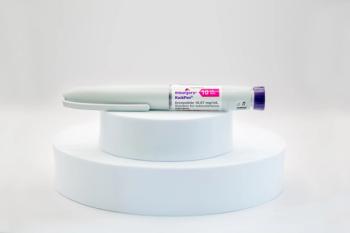
Fractyl Health also reports progress from the REMAIN-1 study evaluating weight management after discontinuing a GLP-1.

This case study underscores the critical importance of pharmacists who can provide comprehensive consideration and exploration of the appropriate treatment plan.
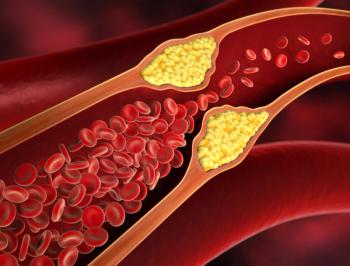
Challenges include therapy gaps, nonadherence, and fragmented care.
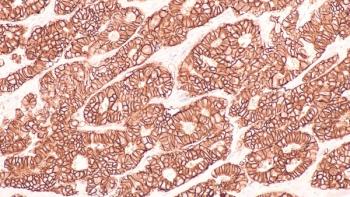
The antibody-drug conjugate shows efficacy in reducing disease progression risk and increasing progression-free survival in patients with HR+, HER2-low, or HER2-ultralow metastatic breast cancer.

Kiles explores the impact of pharmacy research on health equity and education.

Identifying drug-related problems is a vital component of medication therapy management.